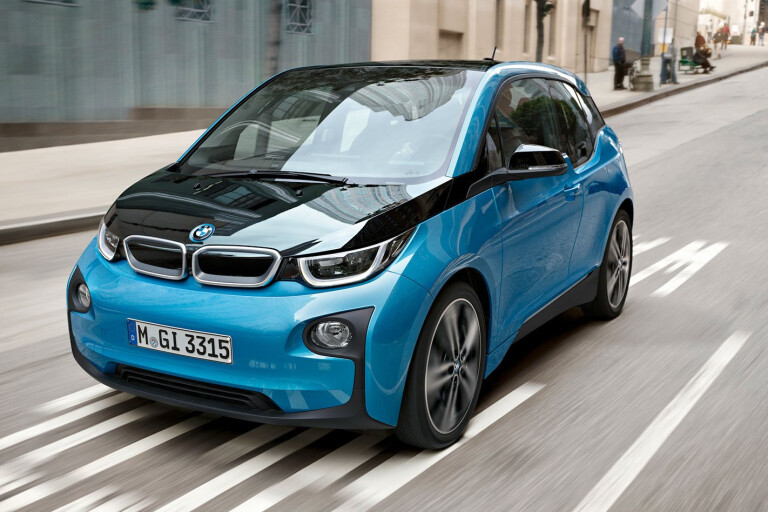
THE BMW i3 will soon be as upgradeable as a laptop computer, with the German carmaker announcing overnight that it will allow existing owners to swap out their old battery for a new one that increases the car’s range.
Due in Australia late this year, BMW says it will allow existing owner of both the fully electric i3 and the range-extended i3 REx – whose cars can only travel up to 190km on battery power alone – to come into the workshop and swap their battery pack over for the same-sized new one that packs more energy into the same space.
The all-electric winner of the 2014 Wheels Car of the Year has achieved a near 50 per cent range upgrade by way of a new 94Ah battery. The 94Ah-battery powered i3 will see a more comfortable 300km per charge; a big jump from its previous 190km range.
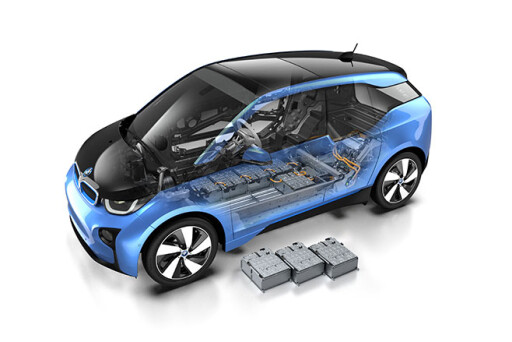 BMW says it plans to keep the smaller-range , $63,900 i3 on sale alongside the new 33kWh variant. BMW Australia said it was still in the early stages of working out pricing and specification of the bigger-batteried version.
BMW says it plans to keep the smaller-range , $63,900 i3 on sale alongside the new 33kWh variant. BMW Australia said it was still in the early stages of working out pricing and specification of the bigger-batteried version.
As well as retrofitting older i3s with the new battery, BMW is also offering a more-powerful 11kW wall-mounted charging station that can recharge the i3 in three hours, compared with more than eight hours if recharged via a household plug.
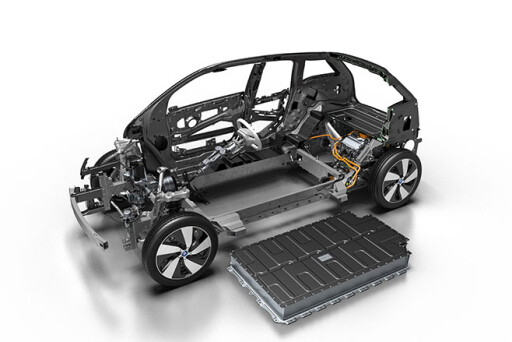 The new battery has eight modules that each contain 12 storage cells. To pump out the extra range, BMW and Samsung worked together to modify the cells and their electrolytes without making any changes to the battery’s size.
The new battery has eight modules that each contain 12 storage cells. To pump out the extra range, BMW and Samsung worked together to modify the cells and their electrolytes without making any changes to the battery’s size.
The new car retains its rear-mounted electric motor capable of 125kW of power and 250Nm of torque but due to the battery upgrade, weighs 50kg more. The 94Ah i3 sprints from 0-100km/h in 7.3 seconds; that’s 0.1 seconds slower than the 60Ah variant. When pushed, both models will hit 150km/h.
The i3 utilises its air-conditioning system to cool the batteries. An optional heating system ensure the batteries are at operating temperatures before starting off.
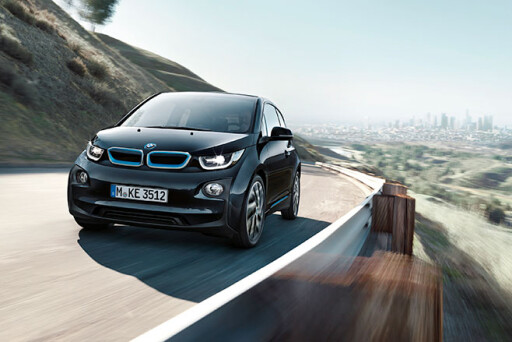 BMW has said that customers will receive an 8-year or 100,000km warranty on the battery.
BMW has said that customers will receive an 8-year or 100,000km warranty on the battery.
The new big-batteried i3 will also offer the same metallic blue paint as used on the BMW i8 hybrid sports car.
BMW will add an extra Dark Oak trim to the three existing interior designs. It will also offer a “Driving Assistant Plus” package that adds camera-based cruise control that also acts as a traffic jam assistant, speed limit recognition, pedestrian and collision warning with city brake function, and a proactive driving assistant.
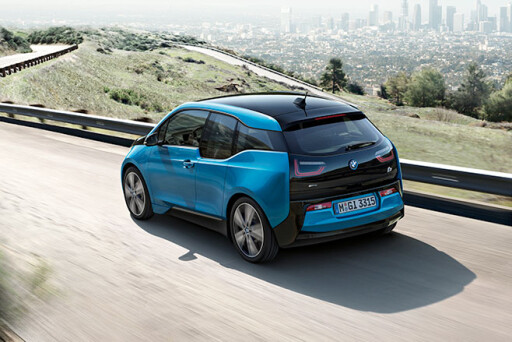 This is not the first time automakers have implemented easily-upgradeable car components. Nissan flagged several years ago that it would allow owner of its beer-budget supercar, the GT-R, to make incremental upgrades to its models via upgrade packages spun out of running changes to newer models as part of regular updates made on the production line.
This is not the first time automakers have implemented easily-upgradeable car components. Nissan flagged several years ago that it would allow owner of its beer-budget supercar, the GT-R, to make incremental upgrades to its models via upgrade packages spun out of running changes to newer models as part of regular updates made on the production line.
Tesla has also pioneered the idea of tweaking its cars remotely, rolling out software changes that add more functionality to its Model S hatchback or Model X people-mover, or switching on hardware added to the vehicles that was not ready to roll out when the vehicle was bought.
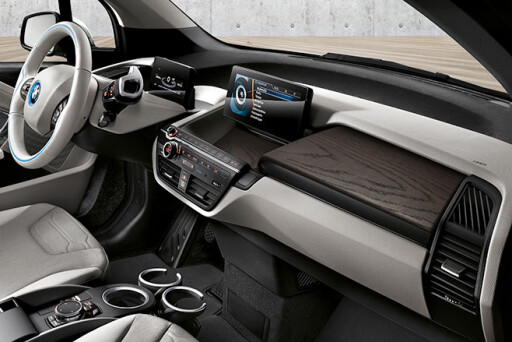 BMW’s upgrade to the i3 comes ahead of Nissan’s plans to release an all-new, second generation Leaf electric car on the market. Reports suggest the Japanese carmaker is aiming for a 400km range from the world’s best-selling battery-powered vehicle, as well as a suite of driver aids to make it a technology leader in the segment.
BMW’s upgrade to the i3 comes ahead of Nissan’s plans to release an all-new, second generation Leaf electric car on the market. Reports suggest the Japanese carmaker is aiming for a 400km range from the world’s best-selling battery-powered vehicle, as well as a suite of driver aids to make it a technology leader in the segment.
Nissan Australia revealed last week that its Dandenong-based alloy casting arm was prototyping parts for the next-generation Leaf ahead of full-scale production later this year.
BMW’s switch to a split battery offering is a sales model pioneered by Tesla, which offers its Model S in a number of battery and motor configurations that become cheaper if you’re prepared to live with less range.

COMMENTS